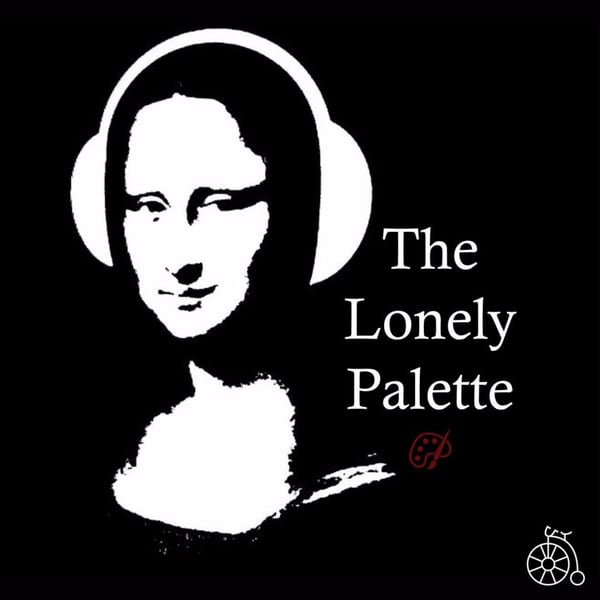BonusEp. 07 - Tamar Avishai interviews Adam Gopnik, Critic, The New Yorker
The Lonely Palette
The Lonely Palette
4.8 • 857 Ratings
🗓️ 2 September 2022
⏱️ 68 minutes
🧾️ Download transcript
Summary
Transcript
Click on a timestamp to play from that location
| 0:00.0 | We are in business. Okay, great. Go ahead. Hi. I'm Adam Gopnick. I've been a staff writer at the New Yorker for 35 years. I was the art critic of the New Yorker for almost nine years, but I still write often about art for the magazine. |
| 0:27.2 | Thank you so much for taking the time. |
| 0:30.0 | I've really wanted to have a long conversation with you about art for a while. |
| 0:37.3 | I was reading your book at the Stranger's Gate and what I was really moved by or found myself relating to really powerfully was when you talked about being a docent at MoMA and the way the |
| 0:59.0 | storytelling of art becomes the you know when I when I read your pieces in the New Yorker |
| 1:05.8 | something that I'm really struck by and something that I feel like has really informed the way that I write about |
| 1:09.7 | art is that it feels like a barrier has been taken away between art and life and life and art and that the merging of the two and kind of finding the beauty in life and also being able to talk about art in a really accessible way is a really like that's how you get people that's how you can kind of tell that story to people. And so I would just really love to let that unfurl a little bit. Talk to you. First of all, I'd love to talk about your background in art and your academic |
| 1:46.5 | background in art and why you left it and have that be the starting point for the conversation. |
| 1:53.4 | Well, first of all, I'm, all authors are |
| 1:58.0 | ecstatically happy when anybody reads them with any kind of sympathy or insight. |
| 2:03.5 | And I'm so genuinely overjoyed that you enjoyed that and did not under enjoy that chapter |
| 2:09.9 | because the one you're referencing about getting started in New York by giving these little gallery |
| 2:16.2 | lectures at the Museum of Modern Art was my favorite chapter in that book because for two reasons. |
| 2:21.1 | One because it had my favorite character Maxi Schach now who was an absolutely real person who guy who was a Sunday painter worked in the garment industry and was it set himself the task of painting the missing Van Gogh. |
| 2:34.0 | Do we call him Van Gogh, not Van Gogh. |
| 2:36.2 | But the missing Vincent of the portrait of Theo |
| 2:42.1 | that Vincent had never actually painted himself and it was such a beautiful quixotic quest and then the punchline of it all was that I discovered years later that Maxi had had a lot of money and he had opened his own museum, |
| 2:53.7 | the Shacknell Museum in Florida and retirement. |
| 2:58.7 | So I love doing that and in part because that time for me was a moment of exposure to obviously the necessity to |
| 3:10.4 | communicate to reach people with your not with so much with information about the pictures which they could get from a wall label, but with your enthusiasm, your passion for the pictures. |
| 3:20.0 | And also a reminder that people bring themselves to the pictures complete. |
| 3:27.0 | Yeah. |
... |
Please login to see the full transcript.
Disclaimer: The podcast and artwork embedded on this page are from The Lonely Palette, and are the property of its owner and not affiliated with or endorsed by Tapesearch.
Generated transcripts are the property of The Lonely Palette and are distributed freely under the Fair Use doctrine. Transcripts generated by Tapesearch are not guaranteed to be accurate.
Copyright © Tapesearch 2025.

